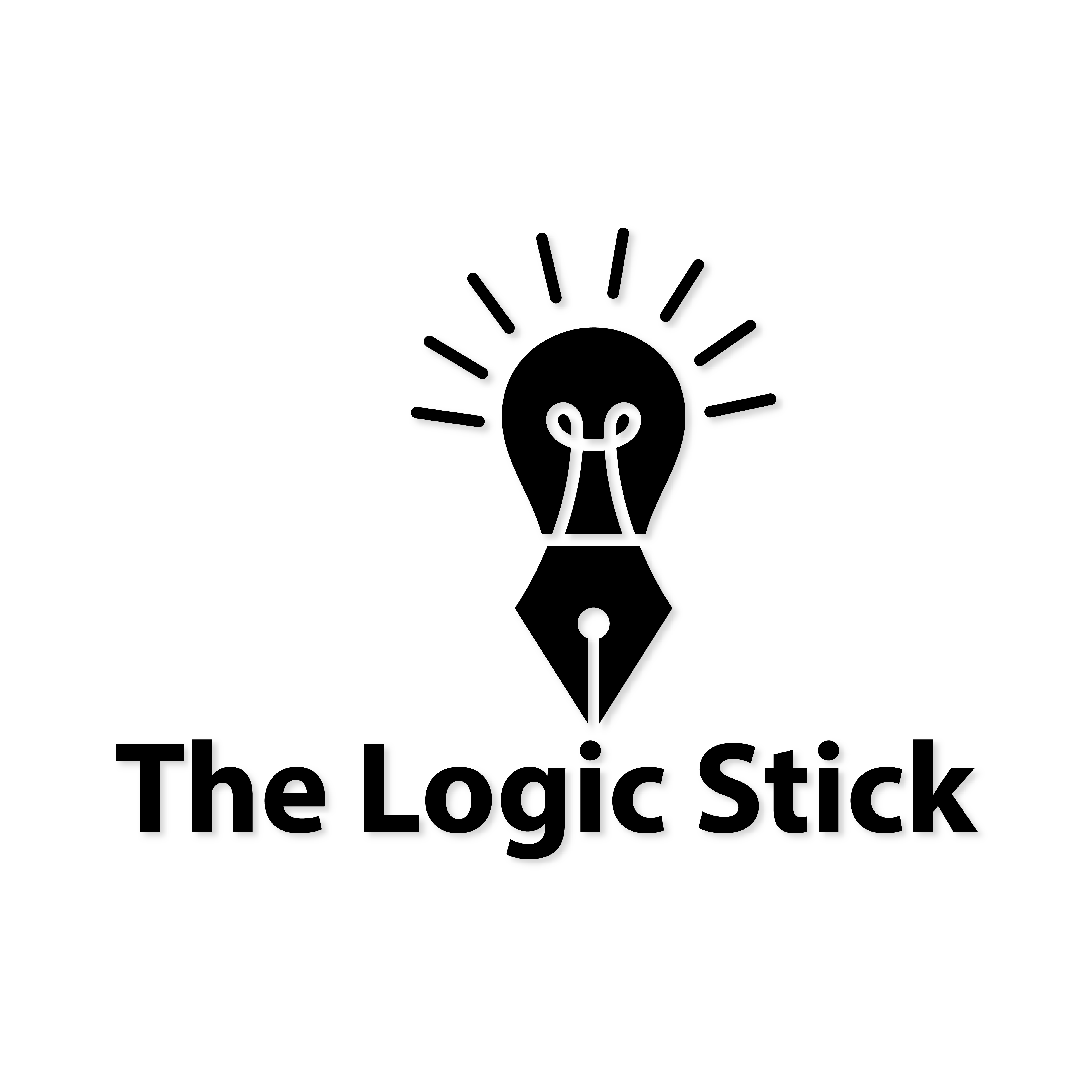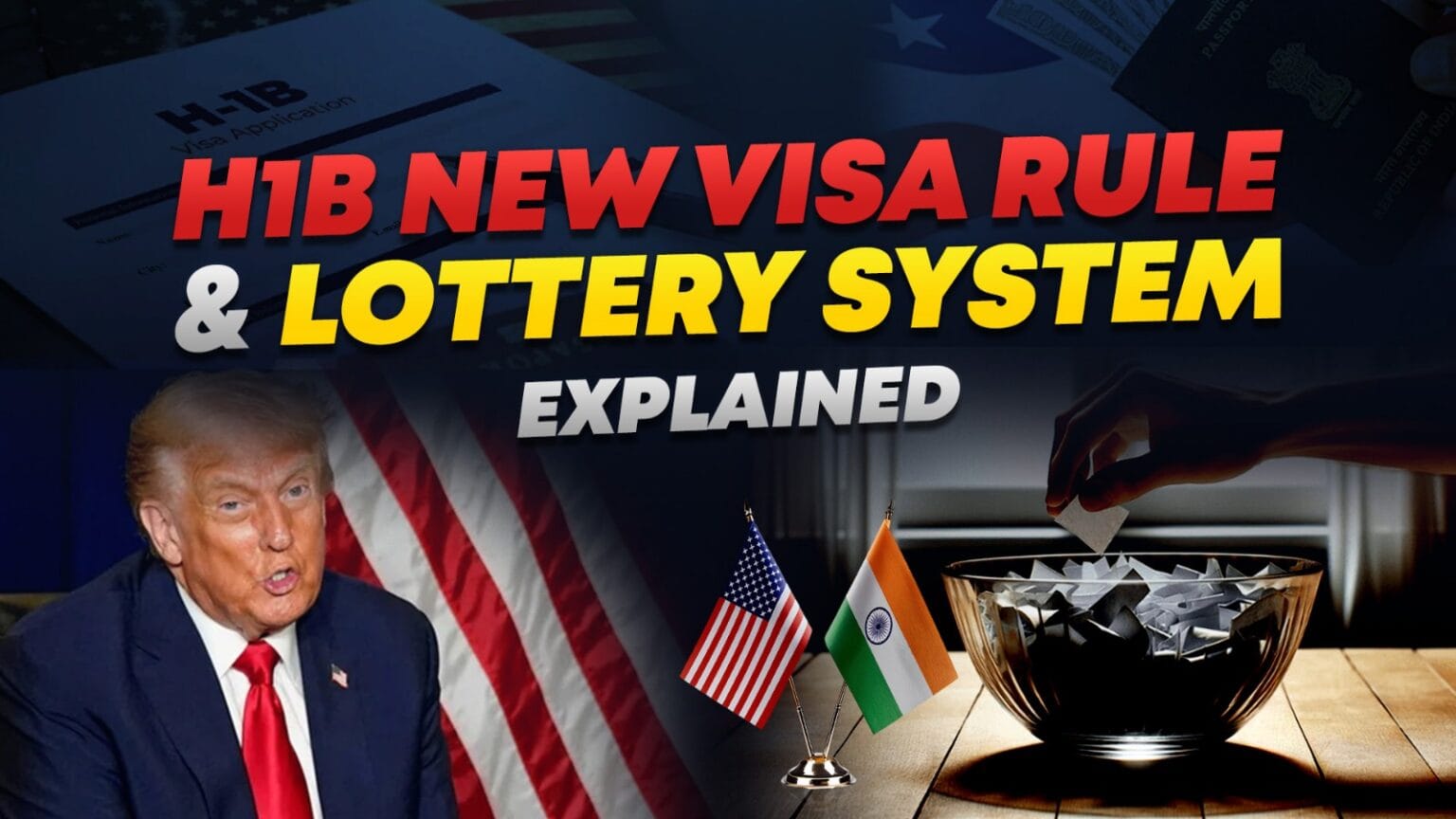Donald Trump’s United States H1B visa has always been one of the most sought-after pathways for Indian techies, finance professionals, and students looking to work abroad. But in 2025, new proposals have created shockwaves. Headlines claiming that you now need to earn ₹2 crore annually to qualify for a US visa have left many confused.
So, what is really happening? Do you need that much money to qualify? What are the exact rule changes? And what does it mean for Indian students, IT professionals, and the outsourcing industry? Let’s break it down in detail.
1. The Basics of the H1B Visa
- Cap limit: Every year, the US issues 85,000 new H1B visas (65,000 regular + 20,000 for US master’s graduates).
- Applications: The demand is far higher—over 500,000 applicants fight for these limited spots.
- Lottery system: Because demand exceeds supply, selection is done via a lottery system. Until now, this lottery was purely random, giving everyone an equal chance.
2. The Proposed Change: A Wage-Weighted Lottery
Former President Donald Trump and US immigration authorities have proposed a “wage-weighted lottery” system. Instead of being random, the lottery would favor higher-paid professionals.
Here’s how it works:
- Grade 4 (Highest Wage Workers): Senior professionals with high salaries get 4 chances in the lottery.
- Grade 3: Experienced workers get 3 chances.
- Grade 2: Mid-level workers get 2 chances.
- Grade 1 (Entry-Level): Fresh graduates or those with less than 5 years’ experience get only 1 chance.
Implication: Fresh graduates and early-career professionals will see their chances drop by half, while senior professionals earning high salaries will see their chances double.
Also read – How To Import From China To India Without Travelling
3. Understanding Wage Levels
The US Department of Labor already uses wage levels to define salaries for H1B roles. These levels are based on percentile wages in specific occupations and cities:
- Level I (Entry): 17th percentile salary (fresh graduates).
- Level II (Qualified): 34th percentile (some experience).
- Level III (Experienced): 50th percentile (mid-level).
- Level IV (Highly Skilled): 67th percentile (senior professionals).
In the wage-weighted lottery, these levels translate into more lottery “tickets” for higher earners.
4. The “₹2 Crore Salary” Claim
No official US rule says you must earn ₹2 crore to get an H1B. However, in practice, to qualify for Grade 4 (Level IV) in high-cost US cities, salaries can indeed reach this level.
Salary Examples:
- Software Developers (San Francisco/Silicon Valley): $180,000–$200,000 (₹1.5–1.7 crore).
- Data Scientists / AI Engineers: $200,000–$280,000 (₹1.7–2.3 crore).
- Finance Professionals (New York): $150,000–$180,000 (₹1.2–1.5 crore).
Conclusion: The “₹2 crore” figure is not a universal rule, but in competitive industries like AI or finance in top US cities, salaries at this level are needed to fall into Grade 4.
5. The $100,000 H1B Fee Proposal
Another shocking proposal is a new $100,000 fee (₹83 lakh) for H1B visa applications.
- Applies mainly to new petitions.
- Renewals of existing visas are not affected.
- The aim is to discourage overuse of the H1B system by outsourcing companies.
This fee, if implemented, could reduce the number of new applicants drastically, especially from developing countries like India.
6. The HIRE Act: A 25% Outsourcing Tax
The US Senate has introduced the HIRE Act, which proposes a 25% tariff on outsourced jobs.
- If passed, this will make it expensive for US companies to hire IT services from India.
- As a result, Indian IT firms may shift focus to:
- Expanding into African and Asian markets.
- Building tech products, SaaS platforms, and startups within India.
This could be a setback for outsourcing, but a boost for Indian innovation.
7. Who is Affected and Who is Safe?
- Unaffected:
- Current H1B holders.
- Renewals/extensions of existing visas.
- Affected:
- New H1B applicants (especially entry-level workers).
- Indian IT outsourcing firms.
- US universities relying on foreign students.
8. Impact on Indian Students and IT Industry
For Students:
- US university admissions could fall because fresh graduates will have lower chances of H1B selection.
- This will reduce tuition fee revenue for US colleges.
For Indian IT Professionals:
- IT services outsourcing will take a hit.
- But India could see a rise in startups, apps, and SaaS platforms as professionals focus on local innovation instead of US outsourcing.
9. What Should Indians Do?
- Students & Freshers: Focus on high-paying niches like AI, cybersecurity, fintech, and cloud computing to improve your odds.
- Mid-Level Professionals: Negotiate salaries at or above Level III–IV wages in the US market.
- IT Companies: Diversify into non-US markets and invest in product development.
- Backup Plans: Explore Canada, UK, Germany, and Australia, where visa rules are currently more favorable.
10. Key FAQs
Q. Do I need ₹2 crore to qualify for an H1B?
No, but in high-demand industries and cities, salaries at that level may be needed to fall into the top wage bracket.
Q. Will existing H1B visa holders be affected?
No, existing visa holders and renewals are not impacted.
Q. Does the $100,000 fee apply to everyone?
It is proposed mainly for new H1B petitions.
Q. Is the HIRE Act law yet?
No, it is still a bill under consideration in the US Senate.
Final Thoughts
The H1B visa is no longer the simple pathway it once was. With wage-weighted lotteries, a possible $100,000 fee, and outsourcing tariffs, the US is signaling that it wants only top-paid, senior professionals—not entry-level workers.
For India, this is both a challenge and an opportunity. While fewer Indians may go abroad, the policy shift could fuel a startup boom at home, as professionals turn their skills towards innovation in India.
Bottom Line: If you’re an Indian aiming for the US, prepare for higher benchmarks. If you’re staying in India, get ready for a new wave of opportunities.
For more informational videos, Subscribe to The Logic Stick on YouTube






